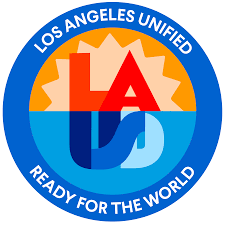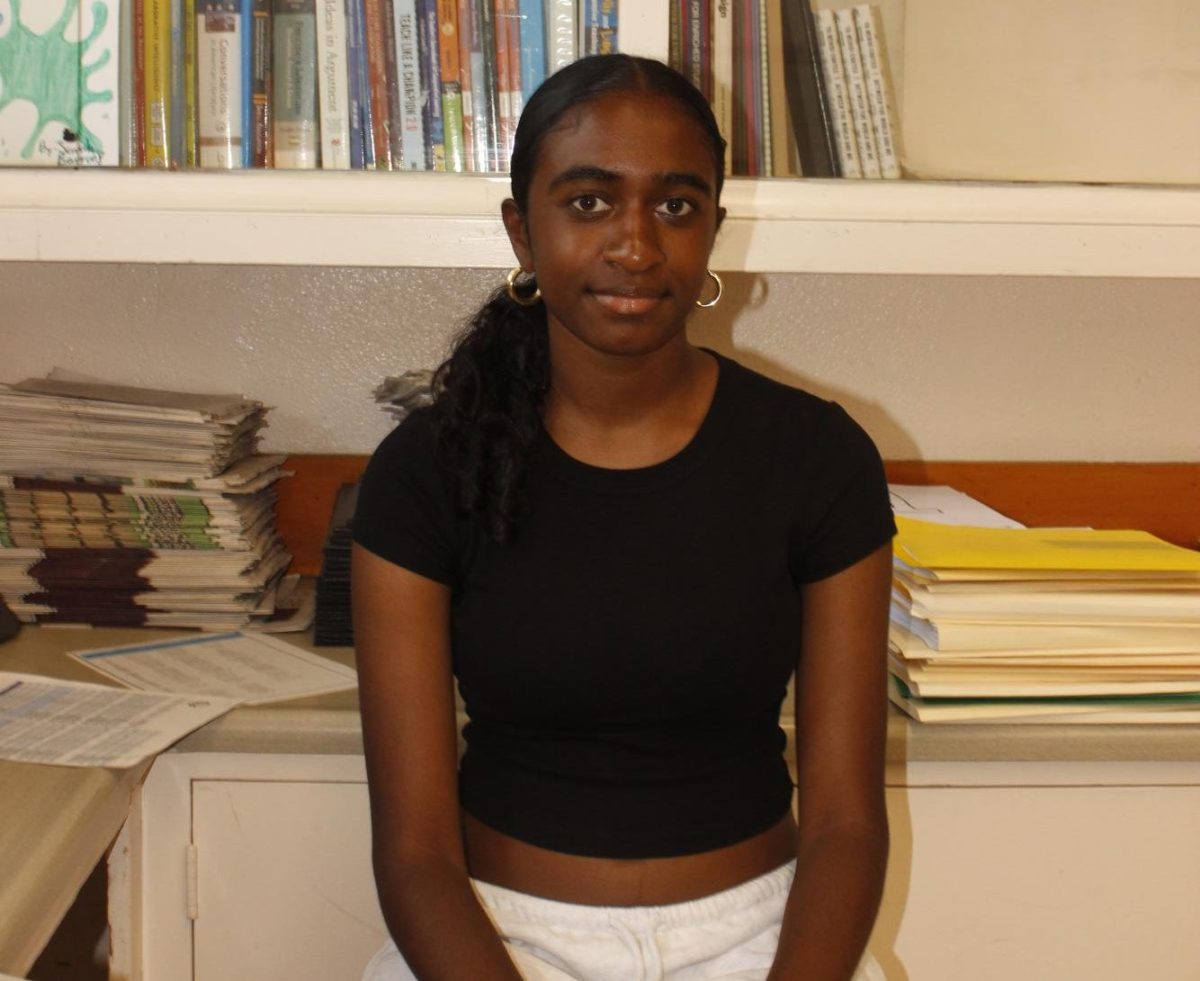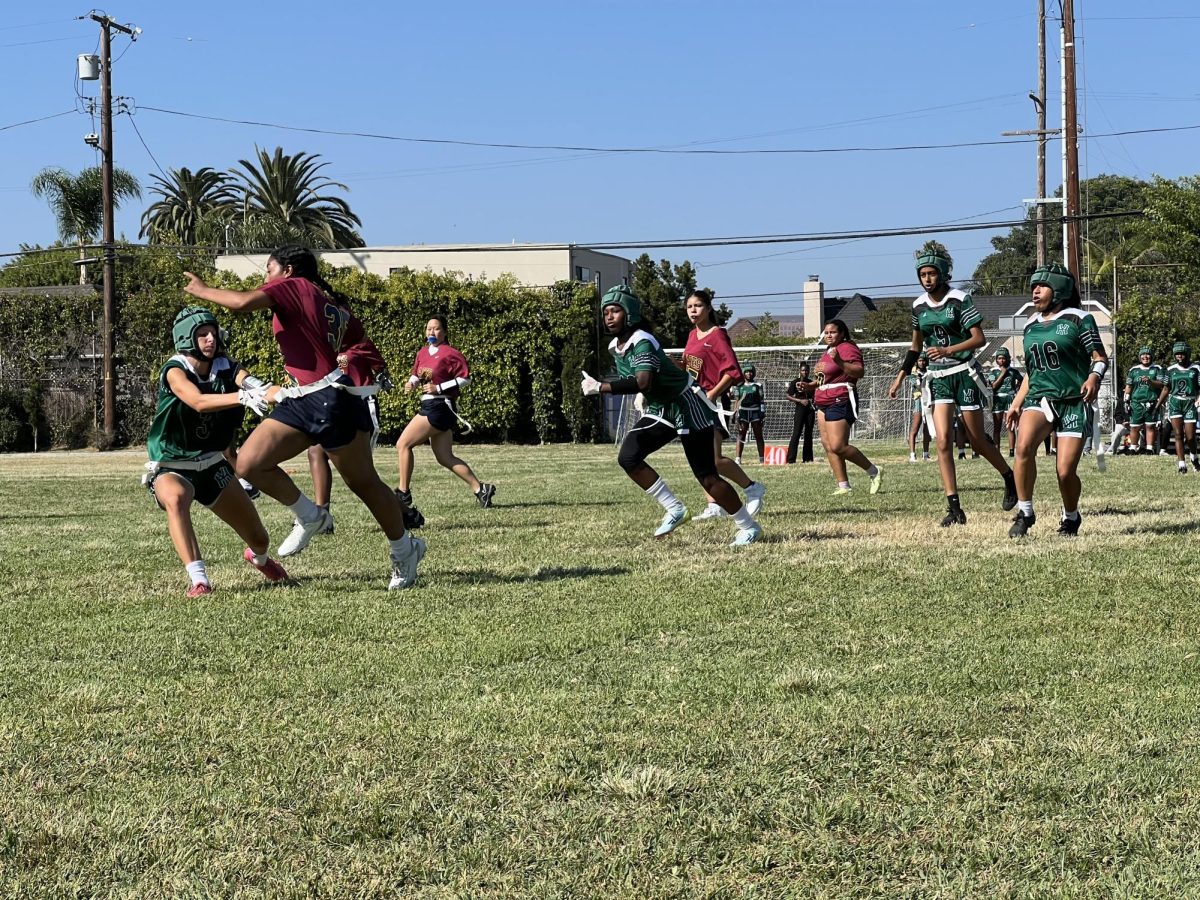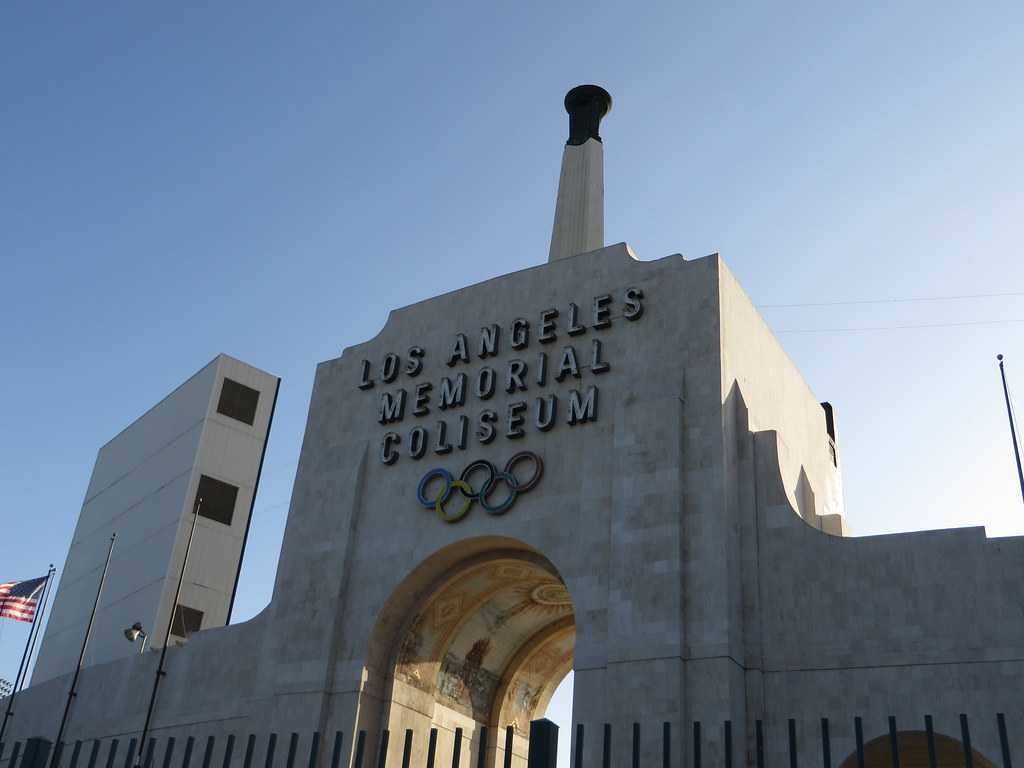Editor’s Note: In the interest of transparency, Ms. McCrossen-Orr is a parent of a member of the editorial staff of LACES Untied.
The 2024 Summer Olympic Games took place in Paris, France: the city of light, landmarks and a stellar public transport system. The Games were fully public transit-based, and venues were close to Metro and regional rail stations for easy access. Over 9.5 million out of 10 million available tickets were purchased by viewers. The next summer Olympics, in 2028 are set to be in Los Angeles.
Los Angeles has hosted the Olympics twice before: in 1932, and in 1984. both bringing economic success to the city. The 1932 Games hosted more visitors than ever before, with 100,000 guests attending the opening ceremony.
Los Angeles also surprised the world with the unprecedented scale and quality of the Coliseum Olympic stadium, also known as the Los Angeles Memorial Coliseum.
Los Angeles 1984 made history for female athletes, with two new disciplines – synchronized swimming and rhythmic gymnastics – being added exclusively for women. 23 percent of athletes in 1984 were women, a record at the time.
In 2028, Los Angeles will become the third city ever, following London and Paris, to have hosted the Games three times. Despite Los Angeles’ history in hosting the Games, the city has grown by more than 1.5 million since the 1980s, and does not have as developed of a mass transit system as Paris. Athletes, attendees, and equipment need to be transported between more than 80 venues, including the Crypto.com Arena and SoFi Stadium, stretching from San Fernando Valley all the way to
Temecula, in a very car-centric Los Angeles, which will be notably more crowded than usual with spectators visiting from all over the world. The city is working to prepare for this surge of visitors, and taking action to build infrastructure that will benefit the city for decades even post-Olympics.
Los Angeles Mayor Karen Bass has announced that she and the LA28 team are working towards a “public transport-first”, “car-less” Olympics, to manage traffic flow, in an interview with KABC-TV.
Additionally, businesses have been encouraged to allow employees to work from home during the 17-day period to lessen the amount of cars on the road. Bass is also looking past the Olympics, viewing the Games as a chance to bring about social and economic change for the city for years to come.
Tami McCrossen-Orr is LACES parent and program manager of the real estate and right of way acquisition and relocation program for the proposed Inglewood Transit Connector Project, an automated people mover system aiming to be completed by 2030. McCrossen-Orr is aware of other projects being completed in time for the 2028 Games, such as the planned people mover project at Los Angeles International Airport, and says that Los Angeles has a lot to learn from European cities in regards to public transportation.
“France’s mass transit is very accessible. They make sure it’s accessible and that there are stations where people want to go and where people are coming from. European cities are also very walkable. The more people walk, less people want to drive cars and more would want to take public transportation,” McCrossen-Orr says.
McCrossen-Orr also says that the youth of the city, like LACES students, can have a strong voice in making these transit-related decisions for the city.
“Young people are really passionate about things like climate change and the environment,” says McCrossen-Orr, “and this passion is a great way to decrease greenhouse gas emissions and move mass transit away from the car. Young people can push for these kinds of projects and elected officials should know that young people support these kinds of projects.”
City improvements built for the 2028 Summer Olympics will continue to have a life afterwards, benefiting residents and visitors for decades to come.














